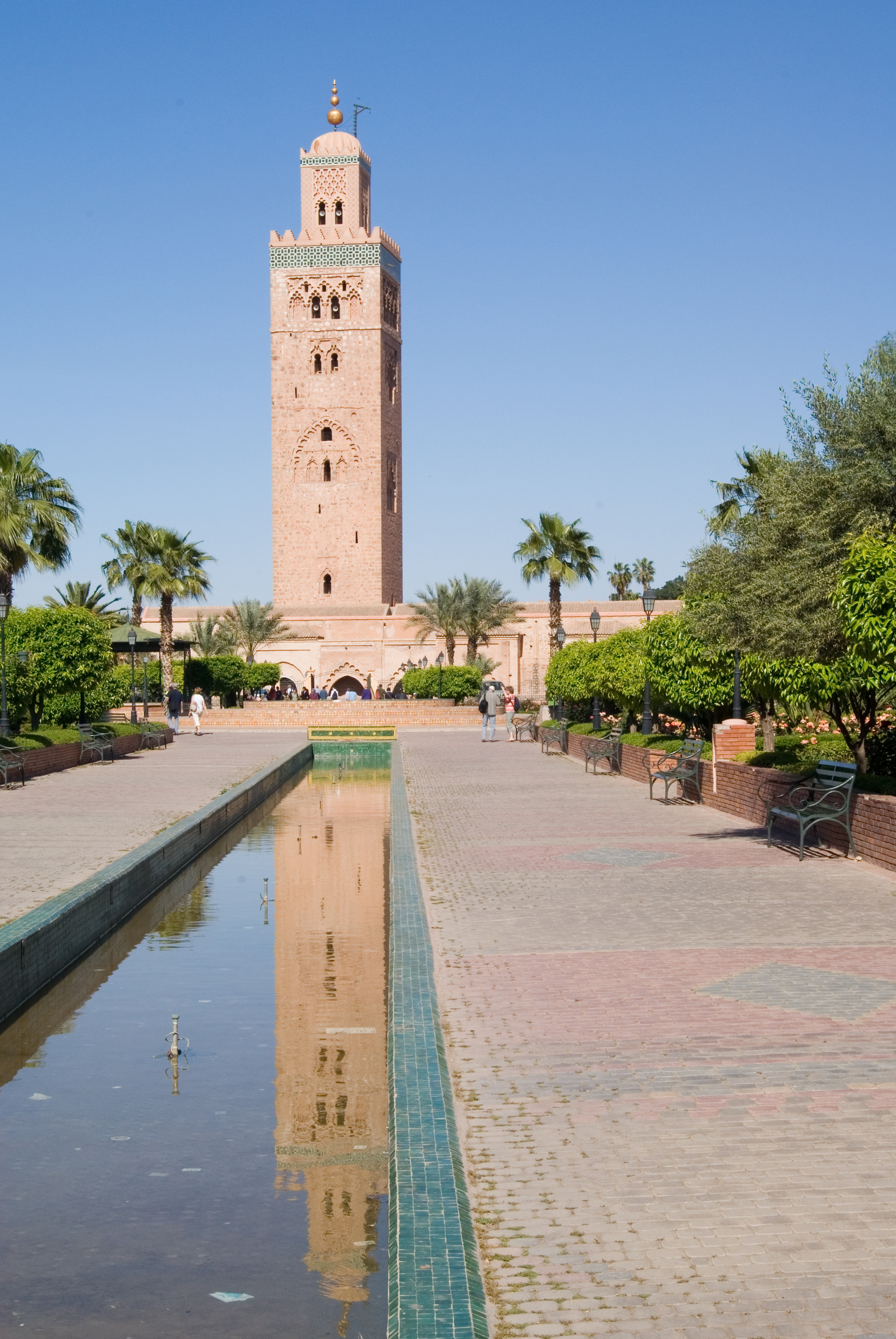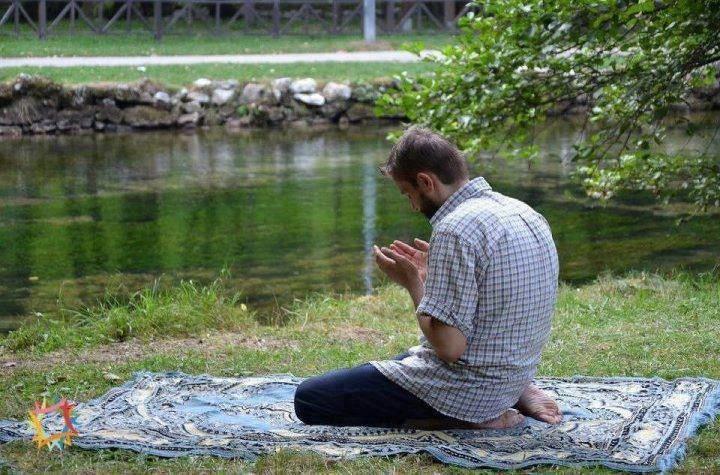Model Mosques
Cambridge Eco Mosque
Environmental concerns have been paramount in the design of the new Cambridge Mosque. Muslims feel a strong imperative to protect the environment, as it is a gift from the Divine. Abdal Hakim Murad notes that “Islamic civilization has been based on the rejection of waste as an underestimation of God’s blessing, and so in the construction of the new mosque here in Cambridge, we were very much at the forefront of the local environmental movement”.
The building is naturally lit all year round by large skylights in the roof, supplemented by low energy LED bulbs, while photovoltaic cells on the roof help generate renewable energy from sunlight.
As well as being very well-insulated and naturally ventilated, the mosque is heated and cooled by locally generated energy, by way of highly efficient heat pumps in the basement that produce far more energy than they consume. This type of heat pump extracts energy from the relatively stable temperature of the air or ground water, heating the building as needed and cooling it at times of high occupancy or excess heat gains.
Grey water and rainwater are harvested to flush WCs and irrigate the grounds. The building’s carbon footprint – which is already low – will improve over time as mains electricity from renewable sources becomes more available. Green transport has also been taken into consideration in the design: there is ample space for bikes and it’s easily accessible by pedestrians, while an underground car park frees up space on site for the mosque and gardens.
At three stories high, with a façade that subtly weaves Qur’anic phrases into the Gault brickwork that is traditional in Cambridge, the mosque complements its neighbouring structures on Mill Rd, while the gardens and café make it a welcoming space for all members of the community. Its emphasis on sustainability and high reliance on green energy make this Europe’s first eco-mosque and a true landmark building for the city of Cambridge and its diverse residents.
Khalifa Al Tajer Mosque
Located in Deira, which boarders Dubai’s waterfront, the Khalifa Al Tajer Mosque, otherwise known as the “green mosque,” has opened its doors to worshippers. Inaugurated by Sheikh Salih Al Maghamsi, an imam from the renowned Quba Mosque in Medina, Saudi Arabia, the mosque cost AED/SAR 20 million to build and spans over 4000 square-meters. It holds a capacity of 3,500 worshippers throughout the grand payer hall, daily prayer hall, and a woman’s prayer hall.
Powered by solar panels, the mosque utilizes thermal-insulation systems to mitigate energy consumption. It is also fitted with sensors that control air conditioning and energy-saving LED lights—all a first in the Islamic world.
“All the mosques should be green. God hates wasteful people, so these green solutions are very appropriate, and this is the best place for people to learn about environmental conservation,” said Khalid Ali Al Haj, a local worshipper who came to pray at the mosque, speaking to The National.
The motivation for the mosque’s creation is encapsulated in the words of the Secretary-General of Dubai’s Awqaf and Minors Affairs Foundation, Tayeb Al Rais, who stated at the mosque’s opening, “Environmental awareness is an Islamic principle. We hope the mosque reminds worshippers of their duties towards the environment.”
The building of the Khalifa Al Tajer Mosque follows several major green architectural incentives in the UAE, including plans for Dubai’s Sustainable City and most notably, Masdar City.

Badriya Jum’a Mosque
Kodi, Kundapur in coastal Karnataka is a picturesque beach front village on the Arabian shores which had the fortune of welcoming the fragrance of Islam during the very early days of the Hijri era. The Bearys of Kodi trace their origin to that historical era. Badriya Jum’a Masjid, which their forefathers built, was the first in the entire region. Today this newly built Mosque has become the world’s first “ZERO Energy” Eco Friendly Green Mosque.
The building design is an evolution in Mosque architecture encompassing core Islamic Architecture while epitomizing sustainable technologies. Built in accordance with the best of traditions and the most modern principles of eco-friendly construction, it narrates a beautiful story of passion & commitment, immense faith & dedication. It is a humble tribute to their ancestors who advocated sustainability and responsibility to the globe that shelters us.
An important feature of this green Mosque is that its entire energy requirement is met through renewable energy, both wind & solar. At a time when the World is passing through Climate Change Crisis, it demonstrates how sustainable developments can help in mitigating global warming. The Mosque also presents a modern face of Islam aiming to promote harmony among all communities. It holds out the hope that people from all over the world will come here to pray and find true solace.
“It is our little contribution in India’s march towards Sustainable Development” says Syed Mohamed Beary, Chairman; Bearys Group & IGBC (Bangalore Chapter), who is passionate about sustainable developments and has pioneered this Green Mosque. He hopes that the mosque will also serve as a guiding light and liberate people from narrow mindedness to take away the conflicting and negative face of Islam and regain the dignity and respect Muslims once enjoyed. His firm belief and conviction is that Islam propagates advancement of knowledge and it is therefore incumbent on everyone, especially Muslims to set out on a quest of knowledge and adopt progressive thinking.
As envisioned, the Mosque has not only become a prototype of sustainability and cynosure of all eyes but is a centre of harmony and is drawing innumerable visitors every day i.e. students, tourists and people of all faiths in a spirit of oneness. A few photos are attached herewith.
Some of the unique features of Badriya Masjid are listed below
Cooling of the building has been achieved by using elements of nature. The building orientation minimizes solar heat gain. The L shaped building plan and elevated nature of prayer hall, green vegetation & water tanks around it offer a naturally cooled environment.
Solar heat reflecting terrace floor laid with white china mosaics & fitted with turbo vents not only keeps the prayer space cool but also reduces warming of local micro-climate.
It’s practically open envelope and the non-conducting Glass Reinforced Concrete (GRC), with over 50% openings, maximize natural ventilation and supplement the design effort to reduce heat gain.

Natural cooling of the building is accentuated by the wind scoop on 70 feet multifunctional Minaret (from where the Azan, the call for prayer is given) which forces down draft of cool breeze into the prayer hall and also supports the tower structure of wind turbine mounted atop it.
Use of Hybrid Renewable Energy i.e. wind & solar in the Mosque will produce more energy than used by the Mosque, thus feeding energy to state grid and accruing (CER) Credits for next 25 years.
Utilized local resources on the principle of “Reduce-Reuse-Recycle-Regenerate” and is equipped with “Pressmatic” water fixtures to conserve precious water.
Badriya Jum’a Masjid, beckons one and all and has already become a holistic place of worship attracting people of all faiths. May this ‘Beacon of Peace’ and ‘Paragon of Sustainability’ exemplify future buildings and harmonious living.



